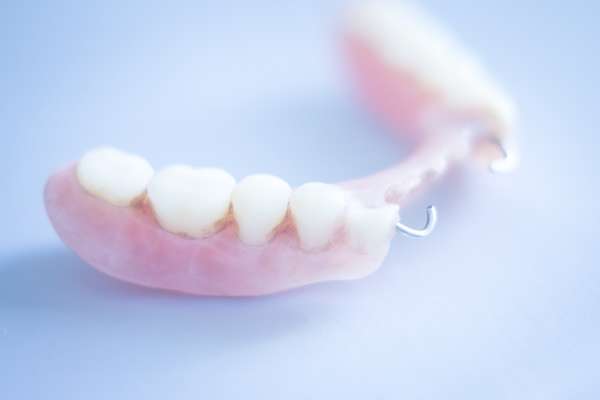Dental implants have revolutionized the field of dentistry, offering patients a reliable and long-lasting solution for missing teeth. If you’re considering dental implants, consulting with a skilled dental implant surgeon Rockville is essential for a successful treatment outcome. Over the years, significant advancements have been made in implant technology, leading to more efficient and aesthetically pleasing treatment options. Dental implants serve as artificial tooth roots, providing a stable foundation for replacement teeth. They are typically made of biocompatible materials such as titanium or ceramic and are surgically placed into the jawbone. Once integrated with the surrounding bone, dental implants can support various dental prostheses, including crowns, bridges, and dentures.
Evolution of Dental Implant Technology
Early Innovations
The concept of dental implants dates back to ancient civilizations, where materials like seashells and stones were used to replace missing teeth. However, it wasn’t until the 20th century that modern implantology began to take shape. In the 1950s, Swedish orthopedic surgeon Per-Ingvar Brånemark discovered osseointegration, laying the foundation for contemporary dental implant procedures.
Modern Advancements
Advancements in materials science, imaging technology, and surgical techniques have propelled dental implantology forward. Today, dental implants are more predictable, minimally invasive, and aesthetically pleasing than ever before, thanks to innovations like computer-guided implant placement and immediate loading protocols.
Types of Dental Implants
There are several types of dental implants available, each designed to address specific patient needs.
Endosteal Implants
Endosteal implants are the most common type and are directly inserted into the jawbone. They can be shaped like screws, cylinders, or plates and are suitable for patients with sufficient bone volume.
Subperiosteal Implants
Subperiosteal implants are placed on top of the jawbone, beneath the gum tissue. They are ideal for patients who lack the bone density required for traditional implants and may be recommended in cases where bone grafting is not feasible.
Transosteal Implants
Transosteal implants, also known as blade implants, penetrate through the jawbone from top to bottom. While less commonly used today, they may be indicated in specific anatomical situations or when alternative implant placement methods are not viable.
Materials Used in Dental Implants
Titanium Implants
Titanium has long been the material of choice for dental implants due to its biocompatibility and strength. Titanium implants have a high success rate and can withstand the forces of chewing and biting.
Zirconia Implants
Zirconia implants offer a metal-free alternative for patients with metal allergies or aesthetic concerns. They are known for their natural appearance and excellent biocompatibility.
Ceramic Implants
Ceramic implants, made from materials like alumina or zirconia, combine strength with aesthetics, making them an attractive option for patients seeking a metal-free solution.
Latest Technological Innovations
Recent years have witnessed significant technological advancements in the field of dental implantology.
3D Printing in Dental Implants
3D printing technology has revolutionized the fabrication of dental implants, allowing for precise customization and rapid production of implant components.
Nanotechnology in Implant Surfaces
Nanotechnology has been employed to modify implant surfaces at the nanoscale, promoting faster osseointegration and reducing the risk of implant failure.
Digital Dentistry and CAD/CAM Technology
Computer-aided design and computer-aided manufacturing (CAD/CAM) technology enable the design and fabrication of implant restorations with unparalleled precision and efficiency.
Benefits of Advanced Dental Implants
Improved Aesthetics
Advanced implant materials and techniques result in prosthetic restorations that closely resemble natural teeth, enhancing the patient’s smile and overall appearance.
Enhanced Durability
Modern dental implants are designed to withstand the rigors of daily use, providing long-term stability and functionality.
Faster Healing Time
Innovations such as minimally invasive surgery and immediate loading protocols contribute to shorter recovery periods and faster integration of implants with the surrounding bone.
Challenges and Limitations
Despite their many advantages, dental implants also present certain challenges and limitations.
Cost Considerations
The cost of dental implant treatment can be prohibitive for some patients, especially if multiple implants or additional procedures such as bone grafting are required.
Patient Suitability
Not all patients are suitable candidates for dental implant surgery, particularly those with underlying medical conditions or inadequate bone volume.
Long-term Maintenance
Proper oral hygiene and regular dental check-ups are essential for the long-term success of dental implants, and some patients may struggle with adherence to maintenance protocols.
Future Trends in Dental Implant Technology
Tissue Engineering
Researchers are exploring the use of tissue engineering techniques to regenerate periodontal tissues and enhance the biointegration of dental implants.
Regenerative Medicine
Advances in regenerative medicine hold promise for stimulating bone growth and improving the outcomes of implant procedures, particularly in patients with compromised bone quality.
Smart Implants
The integration of sensors and wireless communication technology into dental implants could enable real-time monitoring of oral health parameters and early detection of complications.
Conclusion
Implant innovations have transformed the landscape of modern dentistry, offering patients unprecedented options for tooth replacement. With ongoing research and technological advancements, the future of dental implant technology looks brighter than ever, promising improved outcomes and enhanced patient satisfaction.



